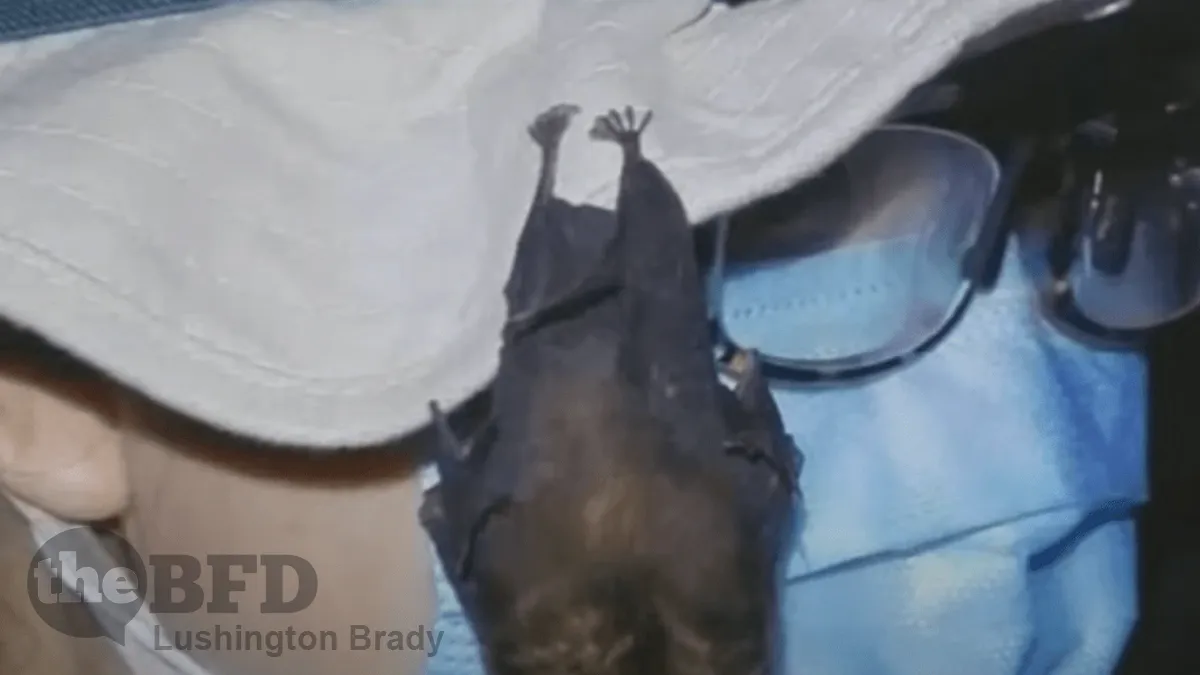As we’ve seen, the trail of the origin of the Covid pandemic – or as it should really be called, the Wuhan pandemic – has been traced, by bits and pieces of tantalising forensic work, to the Chinese city of Wuhan. More exactly, the arrows of the remaining evidence the Chinese Communist Party didn’t destroy are pointing at a likely group of ‘Patients 0’, all in Wuhan, who all fell ill with Covid-like symptoms in November 2019.
At least one of those scientists, Ben Hu, was a protege of the Wuhan Insitute of Virology’s “bat lady”, Shi Zhengli. So was an earlier suspected Patient 0, the since-disappeared Huang Yanling.
Shi and bats, and coronaviruses, go back a long way.
In November 2002, farmers and food workers in the Chinese province of Guangdong began to fall ill with severe respiratory symptoms. Medical staff soon followed suit. The Sars virus spread rapidly through 29 countries, infecting 8,000 people and killing 774. It was the first serious epidemic of the new century – and a wake-up call to scientists.
SARS was identified as a coronavirus. Coronaviruses are generally more associated with milder infections like the common cold. The realisation that they could mutate into more deadly forms sparked a biomedical race.
The job of finding out how Sars had emerged was taken on by the Wuhan Institute of Virology and its most famous scientist, 39-year-old Dr Shi Zhengli. She and her team zoned in on bats, which had been linked to other deadly viruses, such as rabies, nipah and marburg. She began searching for bat colonies in caves in southern China in 2004, earning her the nickname “Batwoman”. Faecal samples were sent back to Wuhan to be tested for viruses.
At this point, another name notorious in the Pandemic Hall of Fame enters the picture: Peter Daszak.
Daszak, who would later just coincidentally be key to the WHO whitewash “investigation” in Wuhan, was a zoologist previously associated with the Wildlife Trust, a non-profit organisation. But that gig wasn’t a big earner until SARS and 9/11. With the possibility of bioterrorism looming, the Wildlife Trust suddenly found itself being showered with tens of millions of dollars to identify pandemic viruses, under a program dubbed “Predict”.
The Wildlife Trust was rebranded the EcoHealth Alliance. Daszak assumed the role of president, and began a close collaboration with Shi’s team in Wuhan, as the fieldworkers. At least a million dollars of the EcoHealth Alliance’s grant was funneled to Wuhan.
Within a few years, Shi’s team in China hit a jackpot.
In an abandoned mine in the remote mountains of Yunnan, they discovered a virus that was the closest relative to SARS found. They labelled it WIV1, using the initials of the institute, and showed that it was infectious to human cells in the laboratory.
Not that such hadn’t already been proven ‘in the wild’: six men digging out bat guano in the mines were hospitalised with a mysterious respiratory illness. Three died.
And the cover-ups, lies and secrecy from China began in earnest.
While the incident happened while the WIV was working on EcoHealth’s Predict program, the Wuhan Institute kept the mine deaths a secret from their partners and the US government.
Shi’s team spent four years stripping the Mojiang mine, collecting 1,300 samples from the bats and discovered 293 coronaviruses.
The work on the mine appears to have ended in May 2015. A year later, Shi published a scientific paper referring to the discovery at the site of a coronavirus that was from a lineage of Sars never seen before. She called it RaBtCoV/4991.
The paper did not mention the deaths of the miners or that the scientists had found in the mine eight other Sars coronaviruses from the same previously undiscovered family.
But it was 4991 that was to come to prominence in the wake of the pandemic.
It was identified as the closest known relative to Covid-19. It meant the nine viruses found in the mine were the only members of Covid-19’s lineage known to have existed prior to the pandemic. When the Wuhan institute was forced to admit the existence of 4991 – having listed a section of its genome sequence on an international database in 2016 – it changed the name to RaTG13, which meant it could not easily be linked to the mine.
In 2021, after sustained pressure, Shi published the genomic sequences of the eight other mine viruses, claiming they were more distant from Covid-19 than RaTG13. However, the sequences’ veracity has been called into question.
Dr Monali Rahalkar, a microbiologist at the Agharkar Research Institute in Pune, India, swiftly tweeted: “Looks like cheating . . . May be they changed [the sequences] so people drop the trips to Mojiang mine.”
The Times
But, back in 2012, Shi and her team at Wuhan were only getting started. Over the next few years, they would embark on a program involving a perilously dangerous lab technique: “gain of function”.
And, at the same time, the Chinese military were beginning to take an interest of their own.









